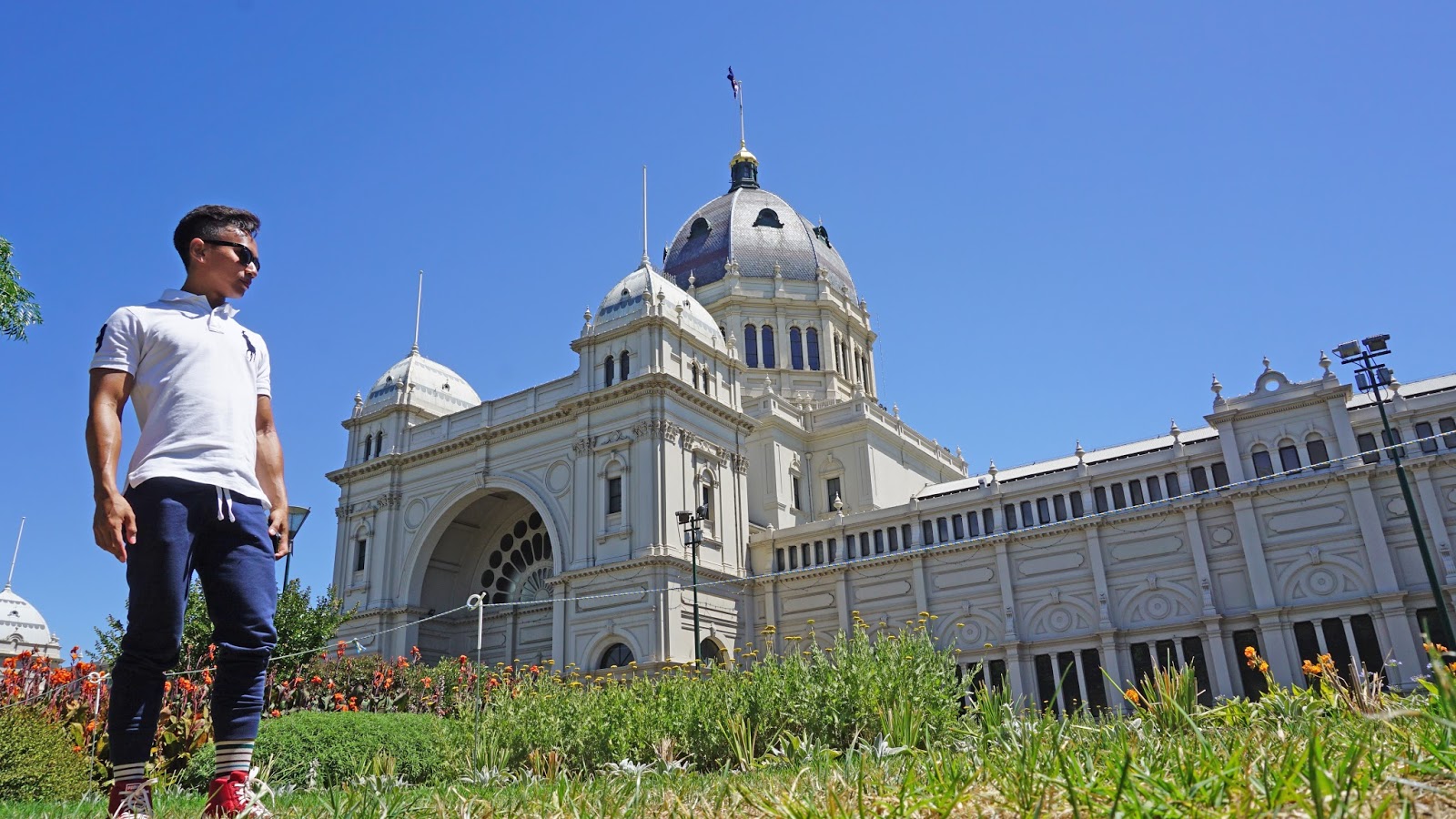Since it was Christmas day and most places were closed, we decided to go for sight seeing. First stop, The Royal Exhibition Building!
The Royal Exhibition Building is a World Heritage Site-listed building in Melbourne, Australia, completed in 1880. The Exhibition Building and Carlton Gardens were completed in 1880 for Melbourne International Exhibition. It later hosted the opening of the first Parliament of Australia in 1901. Throughout the 20th century smaller sections and wings of the building were subject to demolition and fire; however, the main building, known as the Great Hall, survived. It is a testament of the optimism, enthusiasm and energy of the people of Melbourne in the late-19th century.
It received restoration throughout the 1990s and in 2004 became the first building in Australia to be awarded UNESCO World Heritage status, being one of the last remaining major 19th-century exhibition buildings in the world. The Royal Exhibition Building and Carlton Gardens were inscribed on the World Heritage list in July 2004, becoming the first building in Australia to achieve World Heritage listing. On the same month, The Royal Exhibition Building was also added to the Australian Government’s National Heritage List. The list recognises and protects their most valued natural, Indigenous and historic heritage sites. It reflects Australia’s spirit and ingenuity, and its unique, living landscapes.
Today, the Royal Exhibition Building is a campus of Museum Victoria and the gardens are managed by the City of Melbourne. It is the world’s most complete surviving site from the International Exhibition movement between 1851–1914. It sits adjacent to the Melbourne Museum and is the largest item in Museum Victoria’s collection. Currently, it hosts various exhibitions and other events and is closely tied with events at the Melbourne Museum.
The eclectic design was inspired by many sources. The dome was modeled on the Florence Cathedral, while the main pavilions were influenced by the style of Rundbogenstil and several buildings from Normandy, Caen and Paris. The building boasts many of the important features that made international exhibitions so dramatic and effective, including a dome, giant entry portals, versatile display areas, axial planning and complementary gardens and viewing areas.
Photo Credits: Hafiz Yusof and Amin Ayub
















